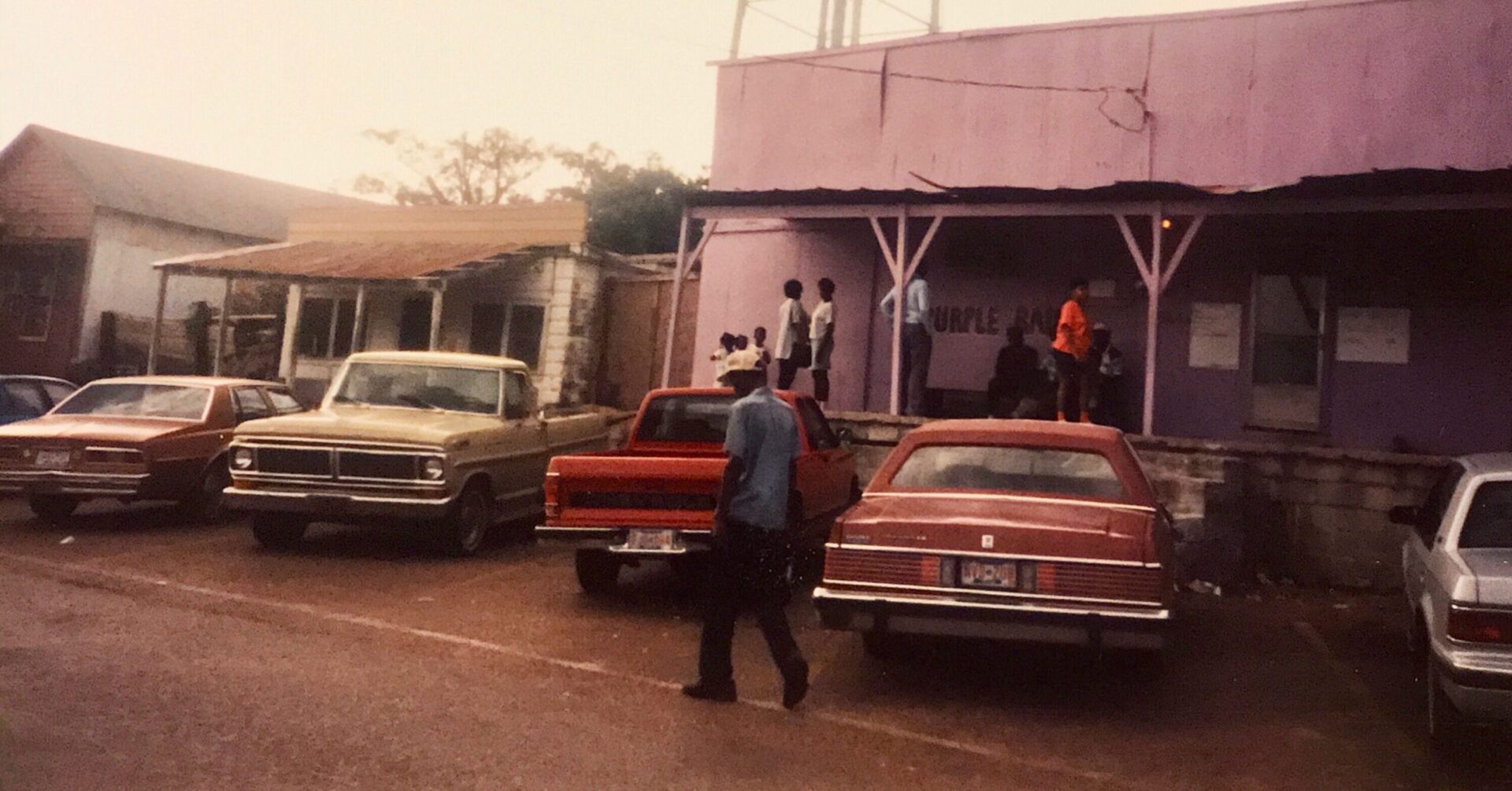The fenced-in enclosure directly in front of the stage at this year’s Sunflower River Blues Festival has already occasioned much critical comment, and that is mainly a good thing. Much anger has been expressed, both on the barriers themselves during the festival and online. The festival’s organizers inadvertently opened a dialogue about the blues, tradition, perhaps race, and economic privilege, and these dialogues and discussions need to take place in Clarksdale, in Mississippi, in Memphis and in the entire United States. Perhaps it is more to be pitied that these discussions didn’t take place during the festival planning process.
Let me say now that I am sure planning such an event is quite a Herculean task. It requires great effort to keep such an event going for 25 years, and those who have been engaged in it deserve a certain degree of thanks and appreciation from those of us who are fans of the blues. Even so, the atmosphere of this year’s festival offered a stark contrast to the joyful scene of previous years’ Sunflower River festivals, as well as to the recent Juke Joint Festival last April, which, despite its much larger size, did not feel it necessary to fence in the festival grounds, nor to set apart an area for wealthy patrons.
The blues is not about wealth. It was created out of the desperation of African-American men and women who had little other than their relatives, their religious faith and their expressive culture. How many of the true legends of the blues would have been able to afford seating inside the special VIP area? How did this year’s performers feel as they either played to the empty seats in front of them, or looked askance at the crowds gathered in front of the museum who were kept at a considerable distance from the stage by the barricades? Needless to say, there were no dancers in front of the stage, no young women with hula hoops as one might see at the Hill Country Picnic or the Otha Turner Picnic.
Why is it necessary to cut off the festival from the rest of downtown Clarksdale? In addition to the fences setting apart the VIP area, other fences restricted access and egress from the festival, creating not only an inconvenience for festival goers, but also a psychological barrier as well, as if to remind us that the festival happens to be held in Clarksdale, but Clarksdale must be kept apart from the event. Undoubtedly, this blunted the festival’s impact on nearby businesses that usually benefit from the event.
I am well aware that such an event requires a considerable amount of money to put together. But somehow, the organizers of events like the Hill Country Picnic in Marshall County, Mississippi or the Memphis Music and Heritage Festival in downtown Memphis in September manage to put together their multi-day events without resorting to the kind of elitism that was shown at this year’s Sunflower fest. If the only way to save the Sunflower Blues and Gospel Festival is to create opportunities for the wealthy to have an “elite blues experience” without ever having to actually rub shoulders with any blues people except the occasional performer, then perhaps we no longer need this festival.
The blues has become hip and trendy, but beyond the tourist blues culture is an authentic blues culture that is anything but elegant. It is a beautiful culture of opportunities for growth, for experiencing something new, for building bridges across the divides of class or race. This is the blues culture that somehow the Sunflower festival people have lost sight of. Here’s hoping they reacquaint themselves with it before next year.
